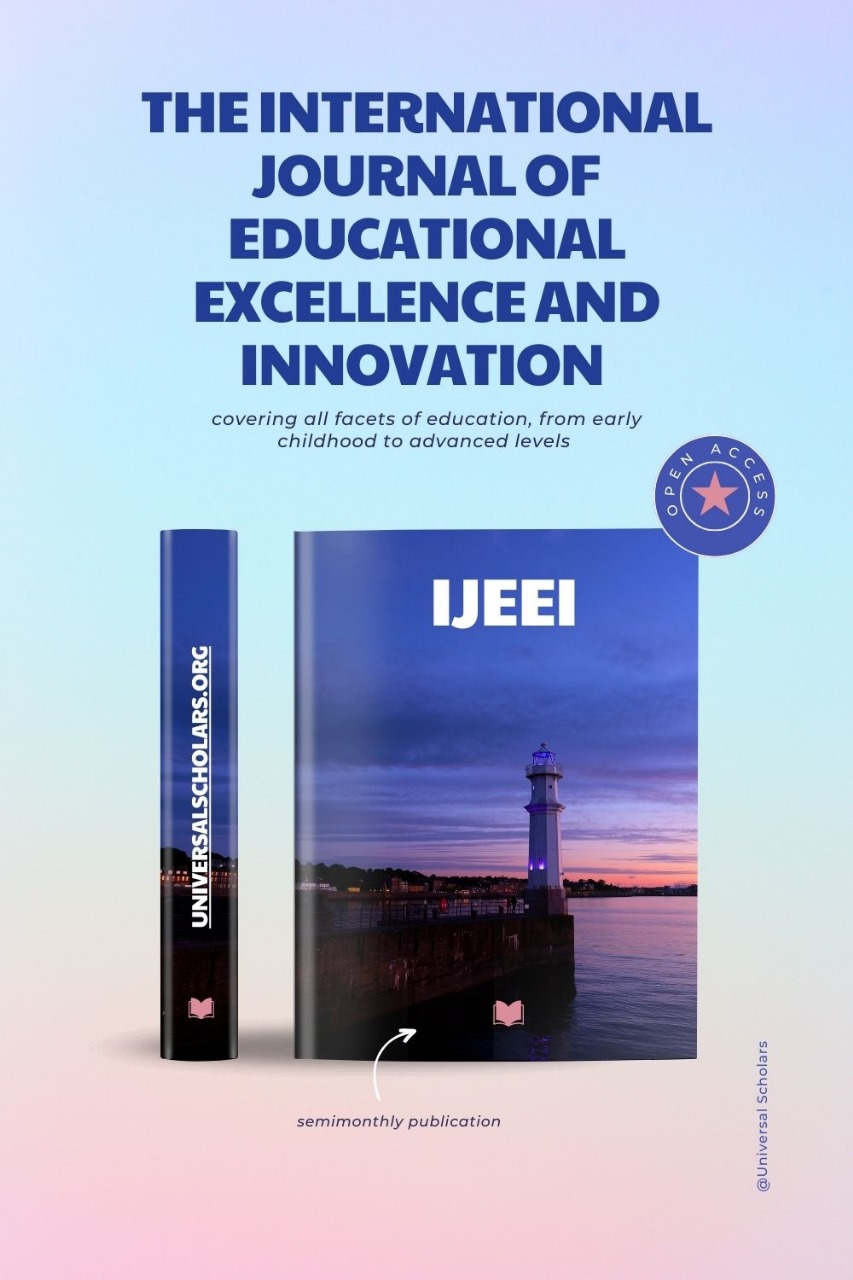Abstract
Mobile learning is defined as the realization of learning functions in multiple contexts, independent of time and place, with the help of electronic devices. Mobile devices that can be used in education include smartphones, tablet computers, PDAs, laptops or other portable computers, personal digital assistants, audio players, portable game consoles, portable drives and wearable electronic devices. Today, a significant portion of the world's population owns these devices, particularly smartphones and mobile internet access. The use of mobile technology and mobile devices in education is increasing interest in mobile learning. Mobile learning provides individuals with the opportunity for personalization, flexibility, and independence, thanks to the portable features of mobile devices and their facilitation of social interaction and communication. In this context, mobile learning applications significantly support learning.Mobile learning allows all segments of society (low-income and high-income, educated and uneducated) to easily access information. Mobile learning provides students with the convenience of studying without the limitations of time and place. In addition, because students can learn at their own pace, they can understand the subjects better and continue learning. To achieve success in these areas, attention and focus are critical variables for mobile learning. In mobile learning environments, attention and focus are key to a successful learning process for students. In light of all these, this study aims to introduce a scale with proven validity and reliability titled “Attention and Focus Scale in the Context of Mobile Learning” to the literature based on research popularity and need. A total of 300 students studying in relevant departments of vocational schools of a state university in Türkiye were identified as the sample group of the study. The scale development process consisted of three stages: (1) Exploratory Factor Analysis, (2) Replication of Exploratory Factor Analysis with a Different Sample, and (3) Confirmatory Factor Analysis. Based on the analysis results, the scale consisted of 20 items and 5 sub-dimensions. These subdimensions were labeled "external and internal distractions," "focus duration," "tasking management," "self-regulation" and "motivational focus".The scale's internal consistency was calculated using Cronbach's alpha, and the results obtained from this data set were found to have high reliability. As a result, it is anticipated that the developed scale will contribute to the literature and can be used as a sample data collection tool for researchers who will conduct studies on the relevant subject.
References
Balcı, A. (2022). Research in social sciences: Methods, techniques and principles (17th ed.). Pegem Academy.
Buyukozturk, S., Cakmak, E. K., Akgün, O. E., Karadeniz, S., & Demirel, F. (2018). Scientific research methods (24th ed.). Pegem Academy.
Cakır, H., Yıldız, M., & Karaman, S. (2018). Mobile learning environments and students’ attention: The role of design and distraction. Turkish Online Journal of Educational Technology, 17(2), 98–109.
Chen, C. M., & Chen, M. C. (2020). Learning performance and attention level analysis for students in mobile learning. Interactive Learning Environments, 28(4), 438–456. https://doi.org/10.1080/10494820.2018.1542314
Costello, A. B., & Osborne, J. W. (2005). Best practices in exploratory factor analysis: Four recommendations for getting the most from your analysis. Practical Assessment, Research, and Evaluation, 10(7), 1–9. https://doi.org/10.7275/jyj1-4868
Cokluk, Ö., Sekercioglu, G., & Buyukozturk, Ş. (2018). Sosyal bilimler için çok değişkenli istatistik: SPSS ve LISREL uygulamaları (6. baskı). Pegem Akademi.
DeVellis, R. F. (2016). Scale development: Theory and applications (4th ed.). Sage Publications.
Demirtas, M. (2021). The effects of attention and focus on student achievement in mobile learning environments. Educational Technology Theory and Practice, 11(2), 182–195.
Field, A. (2018). Discovering statistics using IBM SPSS statistics (5th ed.). Sage Publications.
Hair, J. F., Black, W. C., Babin, B. J., & Anderson, R. E. (2019). Multivariate data analysis (8th ed.). Cengage Learning.
Hutcheson, G. D., & Sofroniou, N. (1999). The multivariate social scientist: Introductory statistics using generalized linear models. Sage Publications.
Johnson, R. A., & McClure, J. P. (2004). Introductory statistical analysis (2nd ed.). Pearson Prentice Hall.
Johnson, R. A., & Wichern, D. W. (2002). Applied multivariate statistical analysis (5th ed.). Prentice Hall.
Kaya, M., & Taskın, M. (2020). Mobile learning experiences of university students: Attention deficit and solution suggestions. Ahi Evran University Kırşehir Faculty of Education Journal 21(3), 1903–1921.
Kline, R. B. (2016). Principles and practice of structural equation modeling (4th ed.). Guilford Press.
Kukulska-Hulme, A. (2012). Language learning defined by time and place: A framework for next generation designs. In M. Ally (Ed.), Mobile learning: Transforming the delivery of education and training (pp. 25–44). Athabasca University Press.
Park, Y. (2017). A pedagogical framework for mobile learning: Categorizing educational applications of mobile technologies into four types. The International Review of Research in Open and Distributed Learning, 12(2), 78–102.
Parsons, D., & Ryu, H. (2006). A framework for assessing the quality of mobile learning. In Proceedings of the 6th international conference on Advanced Learning Technologies (pp. 173–175). IEEE. https://doi.org/10.1109/ICALT.2006.1652415
Roschelle, J., Patton, C., & Tatar, D. (2010). Designing networked handheld devices to enhance school learning. Communications of the ACM, 44(5), 21–26. https://doi.org/10.1145/374308.374310
Sharples, M., Taylor, J., & Vavoula, G. (2014). A theory of learning for the mobile age. In R. Andrews & C. Haythornthwaite (Eds.), The SAGE handbook of e-learning research (pp. 63–81). SAGE Publications.
Sung, Y. T., Chang, K. E., & Liu, T. C. (2016). The effects of integrating mobile devices with teaching and learning on students’ learning performance: A meta-analysis and research synthesis. Computers & Education, 94, 252–275. https://doi.org/10.1016/j.compedu.2015.11.008
Traxler, J. (2009). Learning in a mobile age. International Journal of Mobile and Blended Learning, 1(1), 1–12. https://doi.org/10.4018/jmbl.2009010101
Vavoula, G. N., & Sharples, M. (2009). Meeting the challenges in evaluating mobile learning: A 3-level evaluation framework. International Journal of Mobile and Blended Learning, 1(2), 54–75.
Yıldız, M. (2019). The relationship between university students' attitudes towards mobile learning and their attention levels. International Journal of Educational Technology and Research, 10(1), 45–59.
Zimmerman, B. J. (2002). Becoming a self-regulated learner: An overview. Theory Into Practice, 41(2), 64–70. https://doi.org/10.1207/s15430421tip4102_2

This work is licensed under a Creative Commons Attribution-NonCommercial-NoDerivatives 4.0 International License.
Copyright (c) 2025 Ezgi Pelin YILDIZ (Author)

